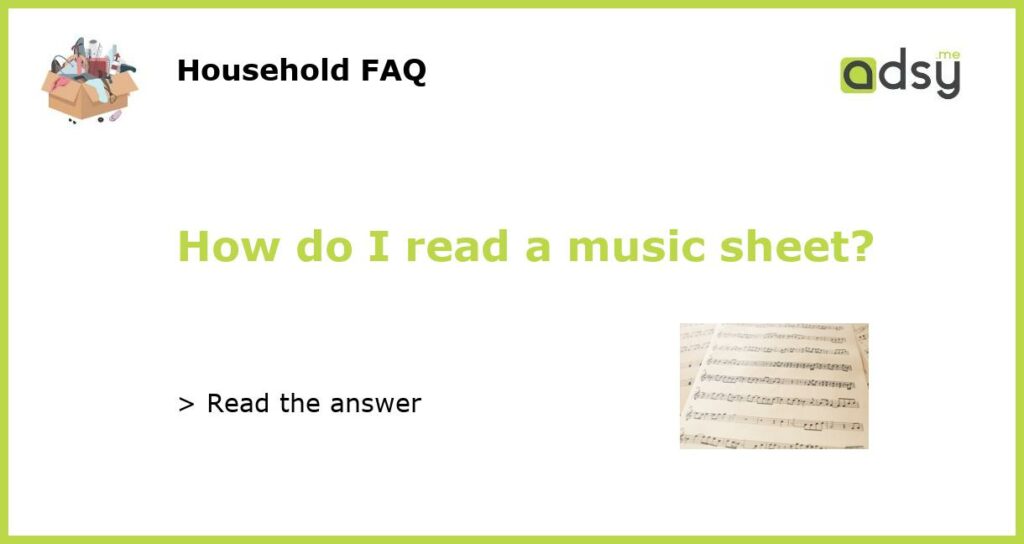Understanding the Basics of Music Sheets
If you’re new to playing a musical instrument, reading music sheets can seem daunting. However, once you understand the basics, it becomes much easier. The first thing you need to know is that music sheets consist of five parallel lines and four spaces. These lines and spaces represent notes and their placement on the sheet denotes their pitch.
Identifying the Notes on a Music Sheet
As mentioned earlier, the placement of notes on the music sheet indicates their pitch. There are several types of notes that you will encounter, such as whole notes, half notes, quarter notes, and more. Each note has a specific duration and tells you how long you need to hold the note when playing the music.
The Importance of Music Sheet Symbols
Music sheets also contain various symbols that you need to understand. Some of the most common symbols include time signatures, key signatures, and clefs. The time signature tells you the number of beats per measure, while the key signature tells you which notes to play and which ones to avoid.
Practicing Your Music Sheet Reading Skills
The best way to learn how to read music sheets is to practice playing them on your instrument. Start with simple pieces and gradually move to more complicated ones. Listen to recordings, attend concerts, and try to play along with other musicians to enhance your skills. Also, take advantage of online resources such as musictheory.net and ultimateguitar.com for additional learning materials.
The Benefits of Learning to Read Music Sheets
Learning to read music sheets opens up your musical world. You can play a wide range of pieces from different genres, and it also allows you to collaborate with other musicians. Additionally, reading music sheets builds discipline, focus, and creativity, making you a well-rounded musician in the long run.






